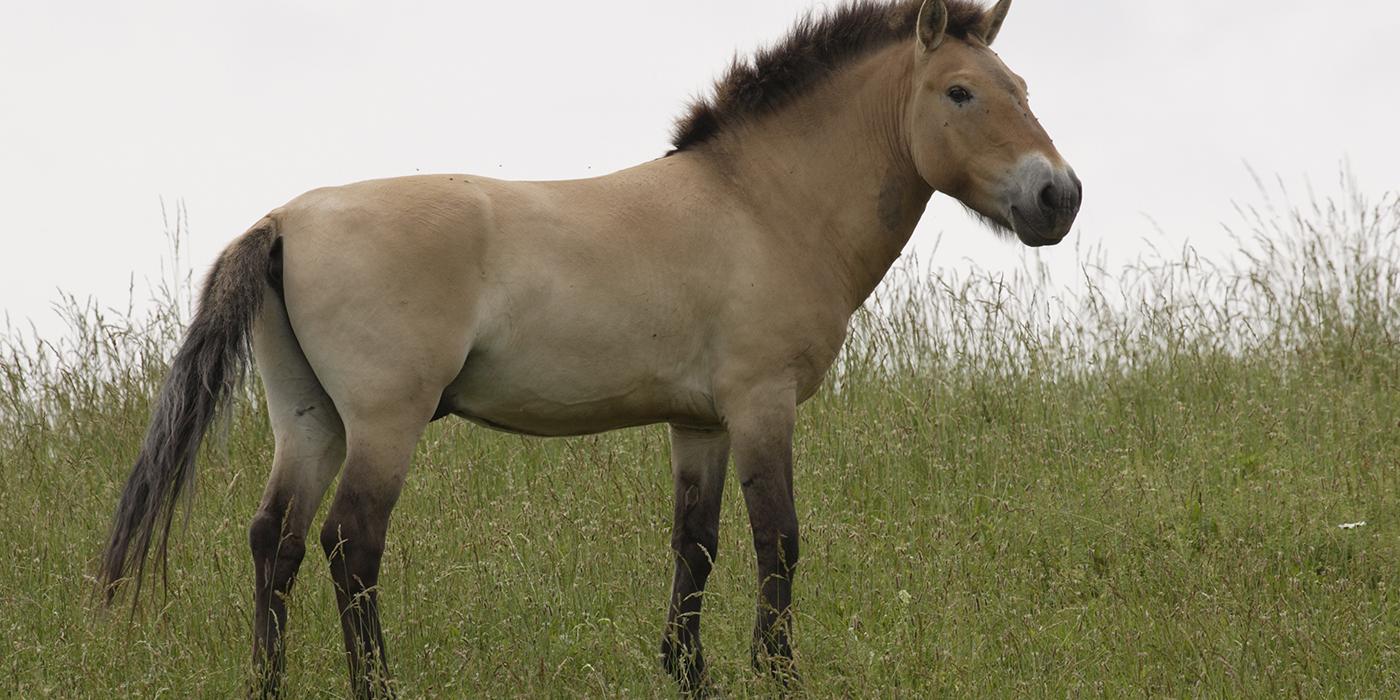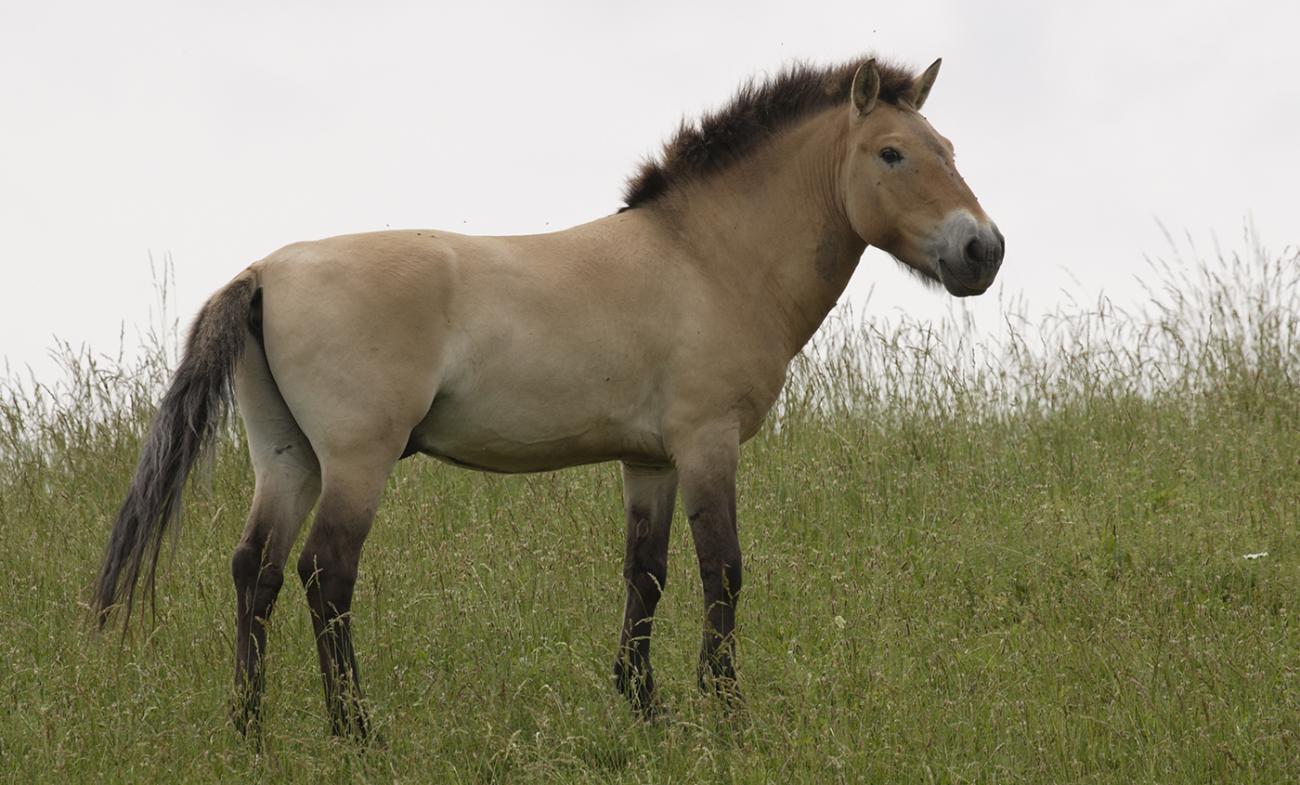Przewalski’s Horse Tracking and Reintroduction
Scientists at the Smithsonian Conservation Biology Institute’s Conservation Ecology Center are committed to saving Przewalski’s horses (Equus ferus przewalskii), the last of the truly wild horse species, through experimental GPS satellite tracking and reintroduction programs.
Thanks to the efforts of zoos and conservation organizations around the world, including SCBI’s CEC, the Przewalski’s horse is no longer on the brink of extinction. For more than a decade, CEC scientists have partnered with China’s Xinjiang Forestry Department to return the species to the Kalamaili Nature Reserve in Northern China.
GPS tracking collars are currently the best practice for understanding animal movement and have provided insights into the resources required for the survival of Przewalski’s horses. However, mares and stallions have reacted differently to the physical collar. Problems have arisen, with stallions often destroying or removing the collars.
To address this, a CEC team of ex-situ and in-situ experts is working with collaborators at The Wilds, Ohio, to develop new, cutting-edge GPS tracking devices that are more comfortable for both male and female horses. Through recent advances in GPS tracking technology it is now possible to braid small, solar-powered transmitters into the tail hair of a horse. Using solar panels in combination with this more integrated attachment method significantly decreases weight while also potentially extending transmitter lifetime beyond what is currently possible with conventional tracking collars.
CEC scientists also work with reintroduction partners in the field to build capacity of project staff and students and to increase local community involvement through workshops, discussion groups and the establishment of a scouting program. The latter provides critical economic opportunity for local people through participation in horse monitoring.
In 2014, CEC scientists expanded efforts to assist with the management of reintroduced Przewalski’s horses at the Hustai Nuruu National Park in Mongolia. A main focus of the project is to assist the national park with habitat enhancements targeted at increasing the wild Przewalski’s horse population and at improving the population’s resilience to increasing drought conditions from climate change.














